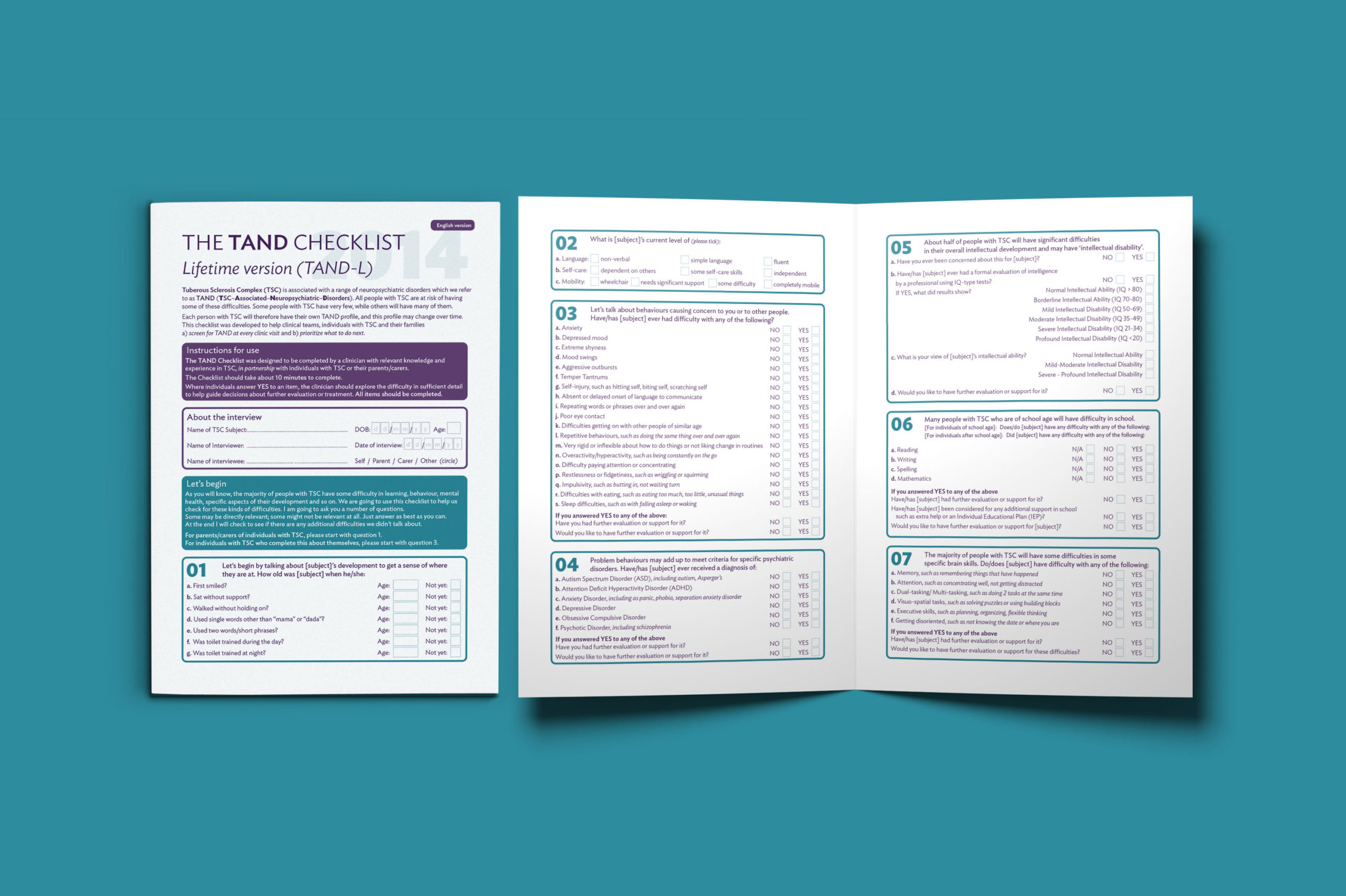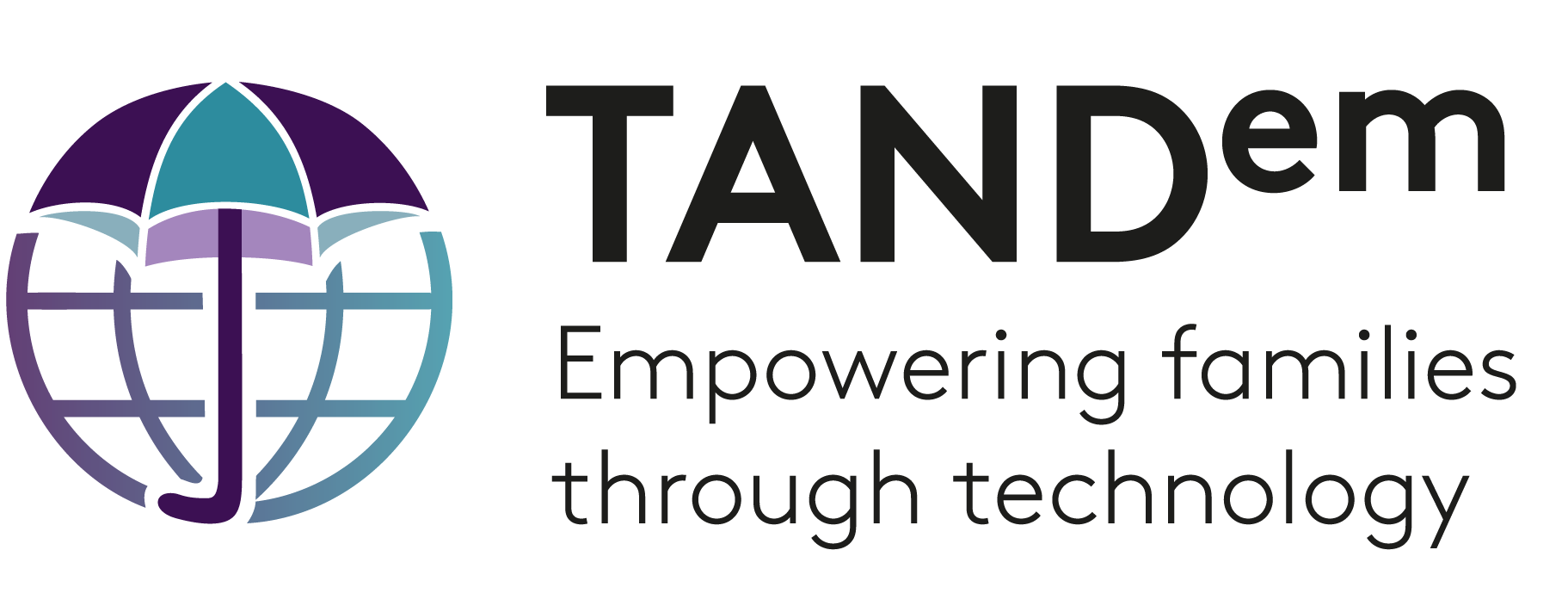The TAND Checklist
Download the checklist in your preferred language

Overview
The TAND Checklist is a pen-and-paper checklist that asks about all the levels of TAND, and then helps doctors and families to prioritise what to do next. The levels of TAND in the TAND Checklist include:
1) behavioural difficulties,
2) psychiatric disorders,
3) intellectual abilities,
4) academic performance,
5) neuropsychological skills, and
6) psychosocial functioning.
We published about TAND and the TAND Checklist in 2015 and did research with the help of many people in the TSC community to check that the checklist was understandable, comprehensive, clear and useful.
Loren Leclezio led the pilot validation of the TAND Checklist. The study showed good content validity, very good to excellent internal consistency and strong external validity. The TAND Checklist has now been translated and authorized in 19 languages. These versions are all available free of charge below.

